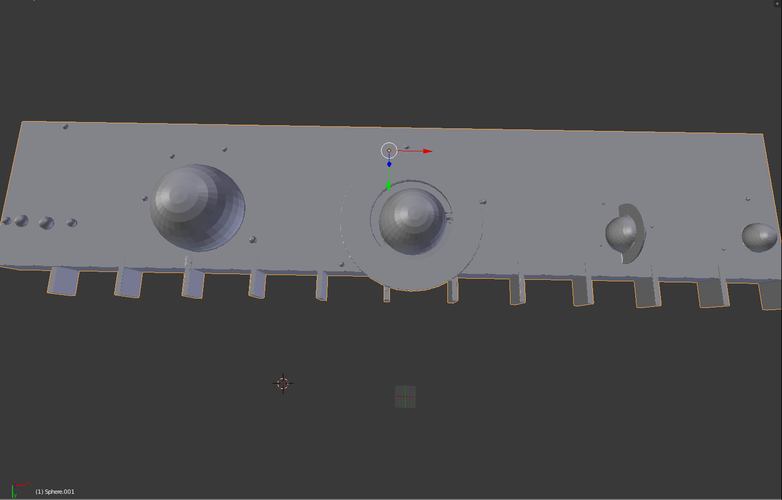
tactile solar system scaled sizes and distances of planets
pinshape
This is a scale model of our solar system, where the sun is the size of a basketball. The planets are scaled down accordingly, making them the sizes you see on this model. To help people with sight problems, I've included inch marks along the entire 12-inch length of this model. This way, they can use it to get an idea of the distances between the planets in our solar system. The scale I used means that we would normally have to represent distances in feet, but I figured if someone using this model imagines every inch represents one foot, it would make things easier for them. They can simply slide their fingers across each inch as many times as needed to get an idea of the actual distances between the planets. Of course, it's physically impossible to create a model that accurately depicts the vast distances between the planets. To overcome this challenge, I've included a chart that shows how far you need to go in feet (or inches) to reach each planet. Unfortunately, I left out Uranus and Neptune for now, but they'll be added soon. This model also depicts some of the moons of other planets, though it's difficult to include every moon in the solar system due to their sheer number. For instance, Jupiter has about 74 known moons. As you can see from the chart, a 12-inch model wouldn't be enough to accurately represent the distances between the planets. That's why I decided to replace feet with inches, making it easier for people to understand the vast scale of our solar system. Every 106 inches on this model represents 150 million kilometers or one astronomical unit (AU), which is equivalent to the distance from Earth to the sun. Using this model as a learning tool, you can quickly grasp the enormous distances between the planets without having to count out each inch individually. For example, it would take more than 12 inches to reach Mercury, which is about 41 feet away, or 4200 feet if we're talking about Pluto (though I didn't include Pluto in this model). I know that seems like a lot to do, but trust me, it gives you a much-needed perspective on the distances between the planets. And sorry if this has confused you – I'm just rushing to get all my models posted before the contest deadline. Here's a chart summarizing the scaled-down solar system: Solar System Scaled to 12-inch Sun Parameter Real Distance/Size Scaled Distance/Size ----------------- ------------------- --------------------- Sun (diameter) 1,392,000 km 12 inches (basketball) Mercury (distance) 0.39 AU 41.5 feet Mercury (diameter) 4880 km 0.05 inches (grain of sand) Venus (distance) 0.72 AU 76.6 feet Venus (diameter) 12112 km 0.11 inches (small pebble) Earth (distance) 150 million km = 1 AU 106.4 feet Earth (diameter) 12,756 km 0.12 inches (small pebble) Mars (distance) 228 million km 163.6 feet Mars (diameter) 6,800 km 0.06 inches (grain of sand) Jupiter (distance) 5.20 AU 552 feet Jupiter (diameter) 142,984 km 1.2 inches (ping pong ball) Saturn (distance) 9.54 AU 1012 feet (>3 football fields) Saturn (diameter) 120,536 km 1.04 inches (ping pong ball w/rings!) Pluto (distance) 39.54 AU 4200 feet (almost 0.8 miles) Pluto (diameter) 2,300 km 0.02 inches (very small sand grain!) The next nearest star to our solar system is Proxima Centauri, which is about 4.3 light years away – that's roughly 5680 miles or 9088 kilometers!
With this file you will be able to print tactile solar system scaled sizes and distances of planets with your 3D printer. Click on the button and save the file on your computer to work, edit or customize your design. You can also find more 3D designs for printers on tactile solar system scaled sizes and distances of planets.
